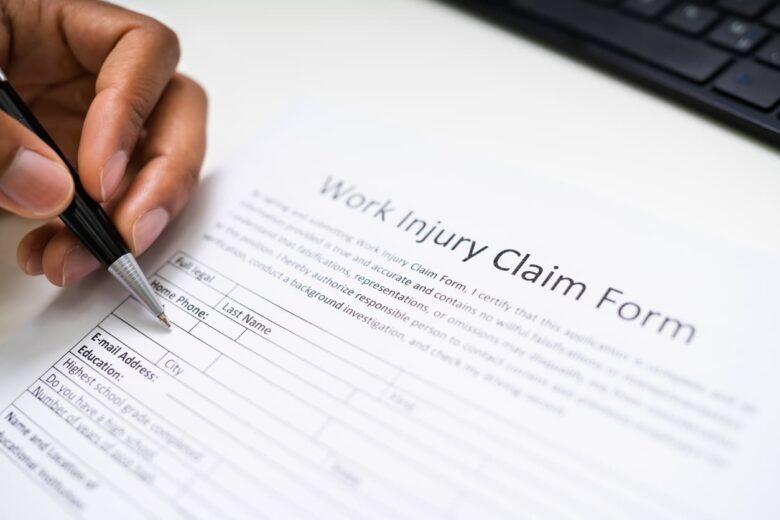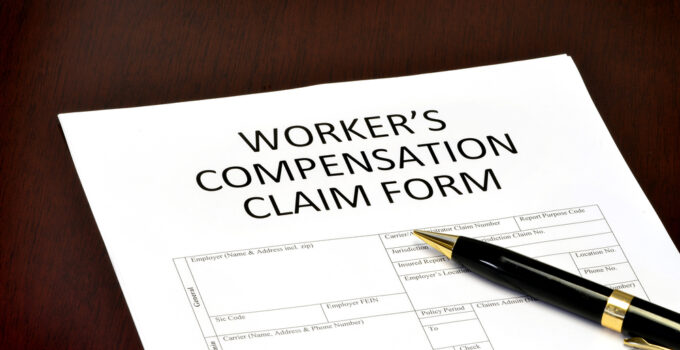After a workplace injury, understanding workers’ compensation can be overwhelming. Thankfully, with the right evidence, you can strengthen your case and increase your chances of a successful outcome.
Evidence is the backbone of any workers’ comp lawsuit, providing tangible support for your claims and helping to establish liability. In this article, we’ll explore four different types of evidence you’ll want to gather to support your case and maximize your chances of getting the compensation and benefits you deserve.
From medical records to witness statements and more, each piece of evidence plays a crucial role in building a strong and compelling case. With the guidance of experienced professionals like Schwartzapfel Lawyers, you can move through the legal process with confidence and clarity.
1. Medical Records

Source: 247digitize.com
I know navigating the world of medical records and workers’ comp can be a real hassle, but try not to stress too much. Those records are one of the most important pieces of evidence for your case. They provide a detailed account of your injury – what happened, how you were diagnosed, the treatment plan, and what the long-term outlook is. That concrete documentation is crucial for showing the true extent of what you’re dealing with.
When you’re gathering up all that medical information, make sure you get your hands on everything – the initial diagnosis, the treatments you’ve been through, any follow-up care. That means collecting things like medical reports, test results, treatment notes, and billing records. The more complete that paper trail is, the stronger your case will be.
And keep track of all your appointments, prescriptions, and rehab sessions related to the injury. It’s a lot to stay on top of, I know, but having that comprehensive medical history will work in your favor.
I realize that this process can feel overwhelming, but hang in there. With those detailed records in your corner, you’ll be in the best possible position to get the support and compensation you need.
2. Witness Statements
Witness statements can be incredibly valuable when you’re trying to piece together what happened. These firsthand accounts from people who saw things unfold can back up your side of the story and make your claim more credible.
As you start gathering these witness statements, try to identify anyone who was there at the time of the accident or who has relevant information about the events leading up to it. This could be coworkers, supervisors, bystanders, or anyone else who witnessed the incident or its aftermath.
Approach these potential witnesses with empathy and respect. Explain that you’re trying to get a clear understanding of what happened, and ask if they’d be willing to provide a detailed account of what they saw or heard. Encourage them to include specific details like the time, location, and sequence of events. The more specifics they can provide, the better.
And be sure to have them sign and date their statements so there’s no doubt about their accuracy and authenticity. Get their contact info too, just in case you need to follow up with any clarification later on.
I know this process can be tricky and emotional, but having these strong witness accounts in your corner can make a big difference.
3. Work History and Employment Records

Source: kbibenefits.com
Work history and employment records are essential pieces of evidence in a workers’ compensation case because they help establish your employment status, job duties, and history of workplace incidents or injuries.
First, gather your employment contract, job description, and any relevant agreements or policies related to workplace safety and injury reporting. Consider including employment contracts, job offer letters, employee handbooks, or safety manuals.
Also, collect records of any previous workplace incidents or injuries you’ve experienced, as well as documentation of any accommodations or modifications made to your job duties as a result. Keep track of your work schedule, pay stubs, and performance evaluations, as these can provide further insight into your employment status and history.
4. Photos and Documentation of the Scene
When it comes to these kinds of incidents, visual evidence can be crucial. Photos and documentation of the scene can paint a vivid picture and provide important confirmation of what was happening. The key is to make sure you capture as much detail as possible – get those shots from different angles, really zoom in on any hazards or safety issues, and document any equipment or environmental factors that may have played a role.
And don’t forget to note down things like signage, warnings, and safety protocols that were in place. Timestamps or other time indicators on the photos can also be super helpful in establishing the timeline.
Beyond the visuals, gathering any relevant paperwork or reports from workplace investigations or inspections is also really important. Incident reports, accident logs, safety inspection findings – all of that can give valuable context and support your case.
The bottom line is, that you want to build as comprehensive a picture as possible of what happened and the conditions that led to the incident. With meticulous documentation and an eye for detail, you can create a compelling case.

Source: renfrolegal.com
Evidence Matters ─ The Key to Winning Your Workers’ Comp Case
Gathering the right evidence is essential for building a strong and successful claim in a workers’ compensation case. From medical records and witness statements to photos of the scene and financial records, each piece of evidence plays a role in establishing liability and demonstrating the impact of your injury.
Final Words
Gathering all the necessary paperwork and working closely with knowledgeable legal experts can really help boost your chances of getting the full compensation you’re owed. The key is being thorough and paying close attention to every little detail – that’s what’s going to give you the best shot at a positive outcome in your workers’ comp case.
I know navigating the legal system can be daunting, but try not to get overwhelmed. Just take it one step at a time, lean on the professionals to guide you, and stay on top of all the documentation. It may seem like a lot, but I promise it’ll be worth it in the end when you get the compensation you deserve.




